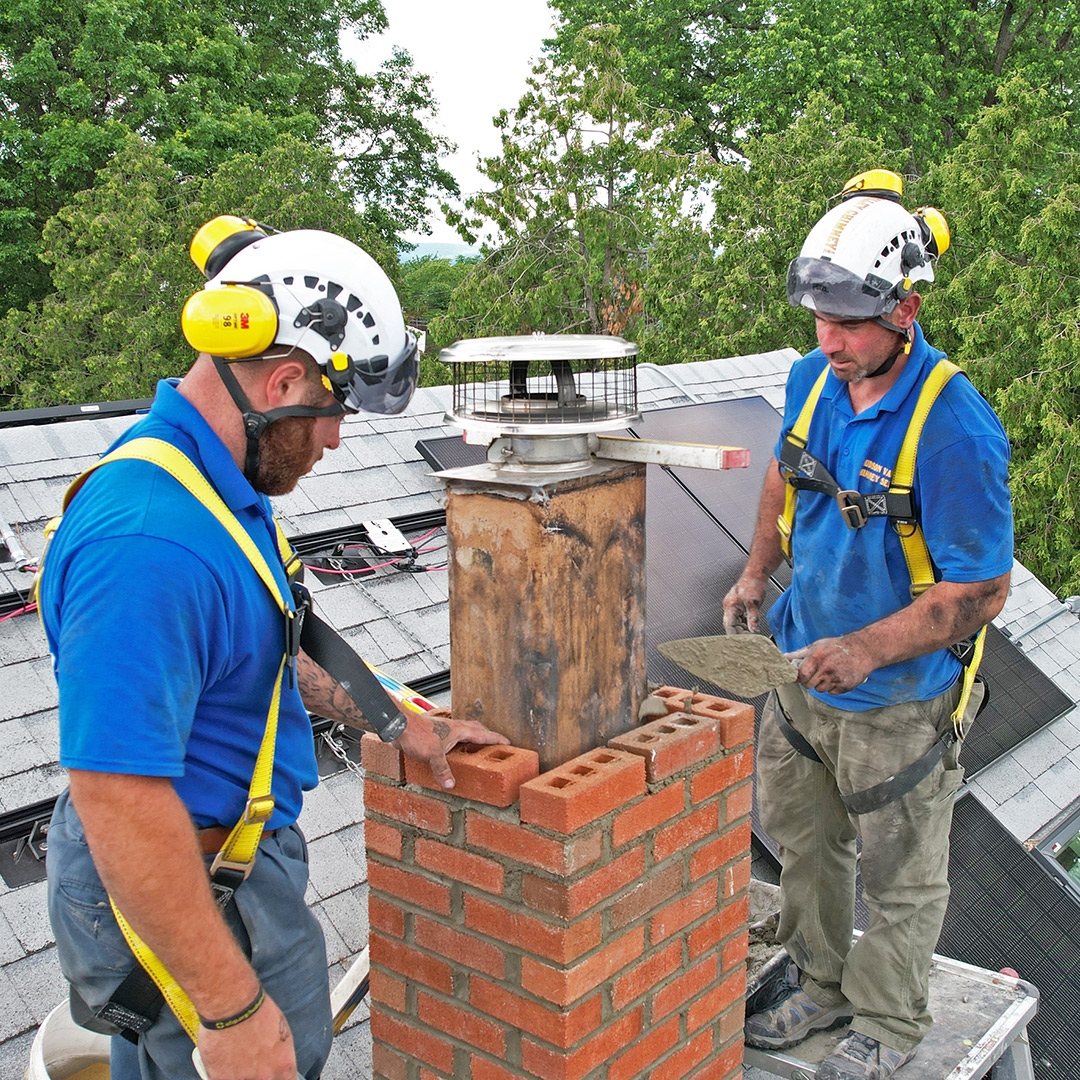Reputable Tuckpointing Services for Fixing Block and Rock Surfaces
Reputable Tuckpointing Services for Fixing Block and Rock Surfaces
Blog Article
Opening the Tricks of Sustainable Masonry Building And Construction Practices for Eco-Friendly Structures
Amongst the myriad methods to environment-friendly building, sustainable stonework building stands out as a tried and true and resilient method that holds a wealth of untapped possibility. From the selection of materials to ingenious building techniques, the keys to achieving sustainability within masonry construction are complex and fascinating.
Advantages of Lasting Masonry Building
Welcoming sustainable masonry building and construction techniques not only decreases environmental effect yet likewise uses long-lasting financial advantages to home builders and communities. By utilizing products like recycled bricks, obstructs, and rocks, home builders can substantially decrease the carbon footprint of their tasks while advertising source effectiveness. Furthermore, lasting masonry building and construction techniques, such as appropriate insulation and thermal mass homes, can improve energy efficiency within structures, leading to decreased operational prices gradually.
Additionally, the sturdiness and resilience of masonry frameworks add to long-term economic advantages. Buildings constructed using sustainable stonework practices typically require much less upkeep and repair service, translating to set you back savings for home builders and homeowner. The durability of masonry products also makes certain that structures continue to be stable and safe and secure, minimizing the demand for constant renovations or replacements.
Eco-Friendly Stonework Materials
Using green masonry materials is an essential step towards boosting the sustainability of construction methods and minimizing ecological impact while maximizing long-lasting economic advantages. Sustainable masonry products are sourced, produced, and made use of in a way that minimizes overall environmental impact. Lasting concrete obstructs include recycled accumulations and may feature improved insulation residential or commercial properties, contributing to energy performance in structures.
Furthermore, natural materials like adobe, rammed planet, and straw bundles supply superb thermal mass buildings, reducing the requirement for home heating and cooling power. These products are often locally offered, promoting local economic situations and lowering transportation-related carbon exhausts. By choosing environmentally friendly masonry products, building and construction projects can considerably minimize their environmental impact and add to the production of healthier, much more sustainable built atmospheres.
Energy-Efficient Stonework Methods
Energy performance plays a vital duty in improving the sustainability of masonry building techniques. By executing energy-efficient stonework methods, builders can substantially lower the total energy consumption of a structure, leading to lower functional costs and a smaller environmental impact. One crucial energy-efficient stonework method is using thermal mass, which entails incorporating thick products like concrete or block right into the building's framework to take in and keep warm. This assists regulate interior temperatures, reducing the demand for mechanical home heating and cooling systems.

Technologies in Lasting Stonework
Current innovations in lasting masonry practices have caused ingenious techniques that are improving the building and construction industry. One such innovation is the development of self-healing concrete, which makes use of microorganisms my blog installed within the concrete to heal fractures autonomously. This development not just decreases upkeep costs but also enhances the resilience of masonry structures, adding to their sustainability.
One more significant advancement is using recycled accumulations in masonry construction - like this masonry contractor. By including materials such as crushed ceramic waste or recycled glass into concrete mixes, builders can reduce the ecological impact of building and construction jobs while maintaining architectural integrity. This technique not only diverts waste from land fills however likewise preserves all-natural resources, making it a crucial innovation in lasting stonework building
In addition, the integration of digital style devices, such as Structure Info Modeling (BIM), is reinventing the way stonework frameworks are planned and built. BIM permits for more precise estimations, reduced material wastefulness, and boosted energy efficiency, ultimately leading to even more sustainable building methods. These developments collectively signify a promising future for lasting masonry building in the era of environmentally friendly buildings.
Future Trends in Stonework Sustainability
With the innovative strides made in sustainable masonry methods, the future trends in stonework sustainability are poised to further change the construction sector. One of the vital trends shaping the future of masonry sustainability is the raised integration of innovation. Developments such as Building Info Modeling (BIM) and digital reality simulations are being utilized to optimize masonry building and construction processes, leading to minimized product waste and enhanced power performance in structures.
Additionally, the advancement of novel lasting materials is established to play a significant role in boosting the eco-friendliness of masonry building and construction. masonry contractor. Technologies like self-healing concrete, recycled accumulations, and bio-based binders are getting traction for their capacity to lessen environmental effect while preserving architectural integrity

Final Thought
To conclude, sustainable stonework building techniques supply various benefits for green buildings. By utilizing eco-friendly materials and energy-efficient techniques, masonry can add to an extra lasting constructed atmosphere. Advancements in sustainable stonework are constantly being created site link to further improve the environmental performance of structures. Looking towards the future, the trend of stonework sustainability is expected to grow, resulting in even more eco pleasant and energy-efficient building and construction techniques in the years ahead.
Report this page